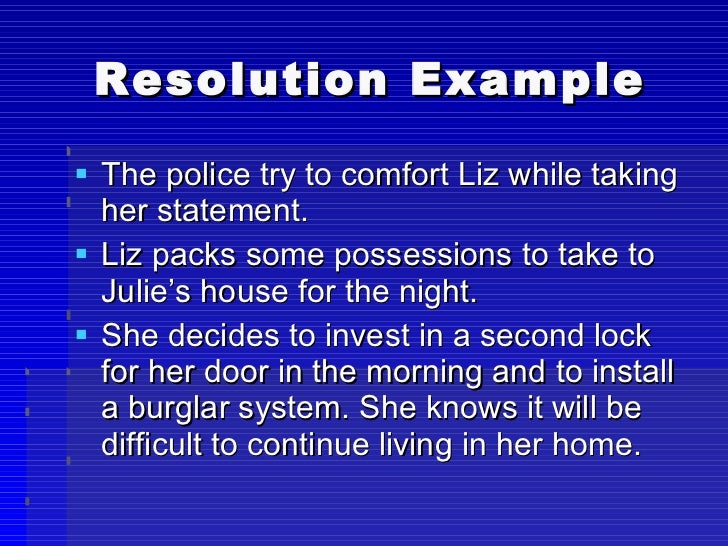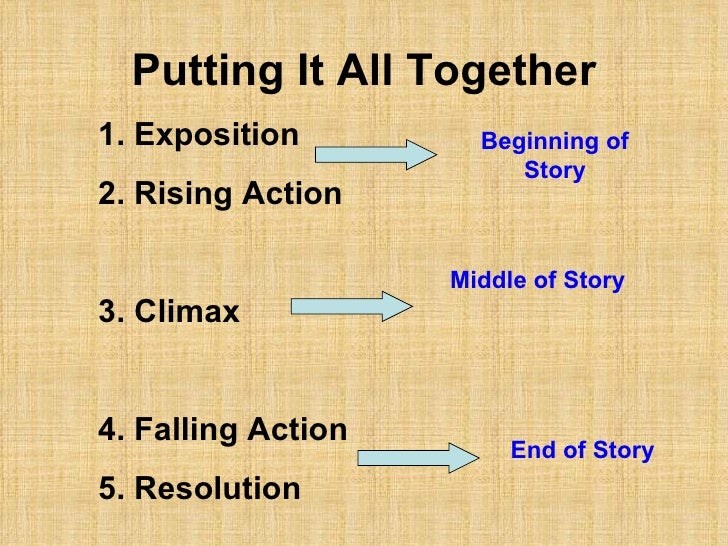
Your characters’ relationships should be made clear as the story opens and proceeds.How does the place affect the story? You need to decide if the location of the story will somehow affect the plot or if it can be a universal type place.It’s also important to use a lot of descriptive words and specific details so that readers can visualize as they read. In this day of texting and social media, readers may be confused if the characters are having trouble communicating immediately. Mentioning horses or candlelight will help make that known.For example, if the time period is in the far past, be sure that you bring that across as you describe the place or actions taking place.Lastly, be sure to cover any details that will make the story easy to follow. A story that begins as it opens is best done with character dialogue or by having the narrator describe the setting.


Once you know how you want to start, then you need to decide on how.You also need to decide which characters need to be revealed in the beginning or in the back story.Do they need background information to follow what’s happening as the story opens, or does the story start right away?.To build an exposition into a story, you first need to decide what you want your readers to know first.


 0 kommentar(er)
0 kommentar(er)
